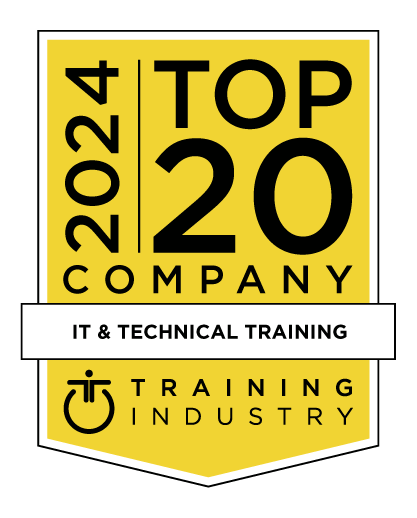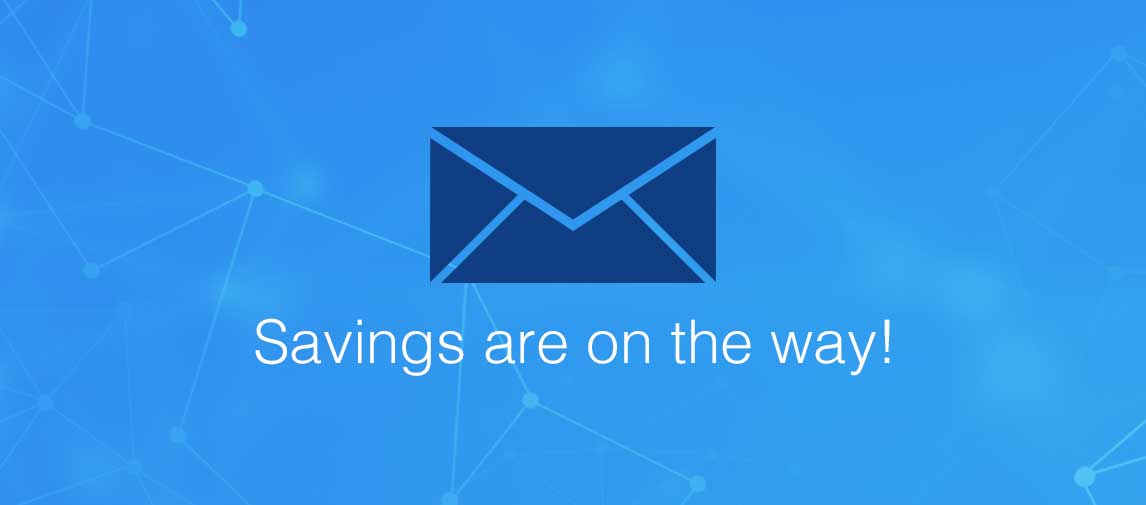title
Please take a moment to fill out this form. We will get back to you as soon as possible.
All fields marked with an asterisk (*) are mandatory.
IBM InfoSphere DataStage Engine Administration for Information Server v11.7
Course Description
Overview
This course teaches Information Server and/or DataStage administrators to configure, manage, and monitor the DataStage Engine which plays a crucial role in Information Server. It not only runs high-performance parallel ETL jobs designed and built-in DataStage, but also supports other Information Server products including Information Analyzer, QualityStage, and Data Click. After introducing DataStage parallel jobs and the Engine that runs them, the course describes DataStage project configuration, the Engine's development and runtime environments, and the Engine's data source connectivity. In addition, the course explains how to import and export DataStage objects, how to run and monitor DataStage jobs through the command line and GUI, and how to use some important Engine utilities.
Objectives
After completing this course, you should be able to:
- Describe the components of a DataStage parallel job
- Describe the engine architecture and project configuration
- Describe the purpose and format of the DataStage configuration file
- Explain how to configure the engine using environment variables
- Demonstrate how to configure data source connections
- List several ways of running DataStage jobs
- Describe how to monitor DataStage jobs and the runtime environment
- Manage data sets and run the Multiple Job Compile utility
- Import and export DataStage jobs and other engine objects
Audience
This course is recommended for those who will be administering Information Server and DataStage.
Topics
Unit 1: Introduction to the Information Server (DataStage) engine
- Describe the Information Server (DataStage) engine
- Describe how the engine is used in Information Server
- Identify how the engine is invoked
- List the main features of the engine
Unit 2: Elements of a DataStage job
- Describe the components that make up a DataStage job
- Describe the OSH and explain how it corresponds to the GUI DataStage job design
- Run a DataStage job and view the job log
Unit 3: Engine architecture
- Define partition parallelism
- Describe the DataStage runtime process
- Explain the purpose of job configuration files
- List the elements of a job configuration file
Unit 4: Engine project configuration
- Create Data users
- Give credentials to DataStage users
- Specify project roles for DataStage users
- Configure a DataStage project in the DataStage Administrator client
- Specify environment variable settings
Unit 5: Configuring database connectivity
- Configure the engine to connect to databases using direct API connections
- Configure the engine to connect to databases using ODBC drivers
Unit 6: Running DataStage jobs
- Run job sequences
- Run jobs from the command line
- Monitor the DataStage job log
- Use the DataStage and QualityStage Operations Console
- Manage the workload
- Stop and start the DataStage engine
Unit 7: Engine utilities
- Manage data sets
- Use the Multiple Job Compile utility
Unit 8: Importing and exporting DataStage objects
- Export and import DataStage objects in DataStage Designer
- Export and Import DataStage objects using the DSXImportService command
Recognition
When you complete the Instructor-Led version of this course, you will be eligible to earn a Training Badge that can be displayed on your website, business cards, and social media channels to demonstrate your mastery of the skills you learned here.
Learn more about our IBM Infosphere Badge Program →Related Courses
-
IBM InfoSphere DataStage Essentials (v11.5)
KM204G- Duration: 32 Hours
- Delivery Format: Classroom Training, Online Training
- Price: 3,580.00 USD
-
IBM InfoSphere DataStage Essentials v11.7
KM304G- Duration: 32 Hours
- Delivery Format: Classroom Training, Online Training
- Price: 3,580.00 USD
Self-Paced Training Info
Learn at your own pace with anytime, anywhere training
- Same in-demand topics as instructor-led public and private classes.
- Standalone learning or supplemental reinforcement.
- e-Learning content varies by course and technology.
- View the Self-Paced version of this outline and what is included in the SPVC course.
- Learn more about e-Learning
Course Added To Shopping Cart
bla
bla
bla
bla
bla
bla
Self-Paced Training Terms & Conditions
THIS IS A SELF-PACED VIRTUAL CLASS. AFTER YOU REGISTER, YOU HAVE 365 DAYS TO ACCESS THE COURSE.
This is a Self-Paced virtual class; it is intended for students who do not need the support of a classroom instructor. If you feel you would better benefit from having access to a Subject Matter Expert, please enroll in the Instructor-Led version instead. Minimal technical support is provided to address issues with accessing the platform or problems within the lab environment.
Before you enroll, review the system requirements to ensure that your system meets the minimum requirements for this course. AFTER YOU ARE ENROLLED IN THIS COURSE, YOU WILL NOT BE ABLE TO CANCEL YOUR ENROLLMENT. You are billed for the course when you submit the enrollment form. Self-Paced Virtual Classes are non-refundable. Once you purchase a Self-Paced Virtual Class, you will be charged the full price.
After you receive confirmation that you are enrolled, you will be sent further instructions to access your course material and remote labs. A confirmation email will contain your online link, your ID and password, and additional instructions for starting the course.
Upon receipt of the Order Confirmation Letter which includes your Enrollment Key (Access code); the course begins its twelve (12) month access period. IMPORTANT!!! If your course provides access to a hands-on lab (Virtual Lab Environment), you will have a specific number of days (typically 30 days) on the remote lab platform to complete your hands-on labs. Do not start your lab until you are ready to use your lab time effectively. Time allotted in the virtual lab environment will be indicated once you apply the enrollment key. The self-paced format gives you the opportunity to complete the course at your convenience, at any location, and at your own pace. The course is available 24 hours a day.
If the course requires a remote lab system, the lab system access is allocated on a first-come, first-served basis. When you are not using the elab system, ensure that you suspend your elab to maximize your hours available to use the elab system. Note: This does not add additional days to your Lab Environment time frame.
Click the Skytap Connectivity Test button to ensure this computer's hardware, software and internet connection works with the SPVC Lab Environment.
Click the Skytap Connectivity Documentation button to read about the hardware, software and internet connection requirements.
Exam Terms & Conditions
Sorry, there are no classes that meet your criteria.
Please contact us to schedule a class.

STOP! Before You Leave
Save 0% on this course!
Take advantage of our online-only offer & save 0% on any course !
Promo Code skip0 will be applied to your registration
Purchase Information
title
Please take a moment to fill out this form. We will get back to you as soon as possible.
All fields marked with an asterisk (*) are mandatory.










